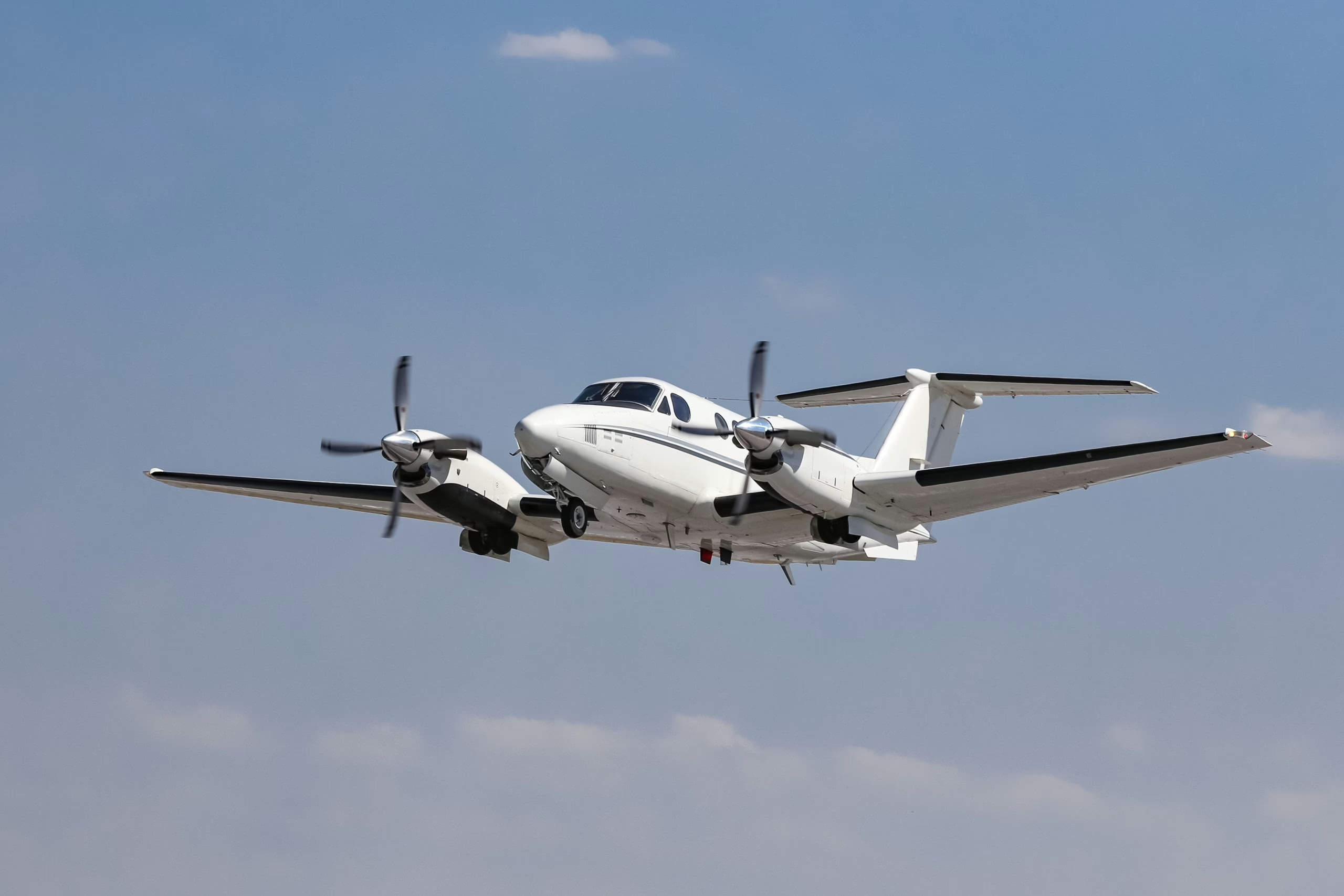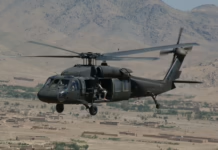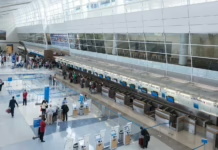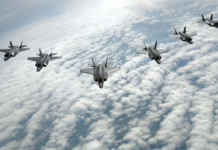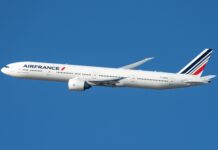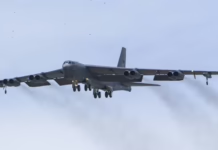Lower costs and environmental benefits drive renewed interest in propeller-driven aircraft as regional carriers seek alternatives to aging jet fleets
Regional turboprop aircraft are experiencing renewed interest across North America and global markets as airlines confront rising operational costs and aging jet fleets, with manufacturers positioning new models as economical alternatives for short-haul routes.
The shift marks a reversal from decades of jet dominance on regional routes in the U.S., Europe and Asia. Airlines now face pressure to reduce fuel consumption and operating expenses on routes spanning 200 to 300 miles, where turboprops deliver significant cost advantages.
Regional carriers including American Eagle, Delta Connect and United Express maintain essential connections between rural communities and major metropolitan areas. These services support an estimated $100 billion in annual economic activity and employ approximately one million Americans.
Fuel Economics Drive Interest
Turboprops consume notably less fuel than regional jets on short flights where aircraft spend most time taxiing, climbing and descending rather than cruising. The fuel savings offset minimal time differences, with jets arriving only five to 10 minutes ahead of turboprops on typical regional routes.
The aircraft also operate from shorter runways than jets require, enabling service to smaller airports with lower landing fees. Purchase and rental costs run below comparable jet prices, while engine and airframe maintenance remains simpler and less expensive.
Global Operations Expand
Canada’s geography drives extensive turboprop use, with Porter Airlines and WestJet Encore deploying Dash 8-400 aircraft to connect isolated settlements. The country hosts some of the world’s busiest turboprop airports.
In Southeast Asia and Oceania, island nations including Indonesia and the Philippines rely heavily on turboprops. Indonesia’s 17,000 islands create natural demand for the aircraft type.
African carriers operate substantial turboprop fleets, with Ethiopian Airlines using Dash 8 aircraft extensively across its domestic network. The continent’s “hot and high” airports favor turboprop performance characteristics.
Brazil’s geography and aviation infrastructure make turboprops practical for domestic routes under 1,000 kilometers. Australia and New Zealand employ the aircraft to link smaller airfields with major hubs across varied terrain.
European operators including Norwegian Airlines and Olympic Air use turboprops for challenging terrain and island routes. Aurigny serves the Channel Islands while Loganair operates Scottish routes, with additional operations in Malta and Spain’s Canary Islands.
Deutsche Aircraft Enters Market
The D328eco from Deutsche Aircraft combines turboprop efficiency with cruise speeds near 300 miles per hour, positioning it as the fastest turboprop available. The 40-seat aircraft features Pratt & Whitney Canada PW127XT engines and Garmin G5000 avionics.
The manufacturer established production facilities at Oberpfaffenhofen near Munich, the historic Dornier site. A workforce of 550 employees from 40 countries assembles the first test aircraft.
Thomas Ahn, chief engineer of the D328eco at Deutsche Aircraft, said in a May company statement: “This is our moment to re-establish ourselves as a modern aircraft manufacturer with full system integration capabilities right here in Germany. We use advanced 3D modelling, seamless data sharing with suppliers, and state-of-the-art communication tools to enhance our development efficiency.”
The aircraft operates on 100% sustainable aviation fuel. A 20-seat configuration achieves 1,772 nautical miles range, while the 40-seat version reaches 621 nautical miles. The design targets replacement of aging ATR 42 and Saab 340 models.
Military Variant Proves Concept
The U.S. Air Force Special Operations Command operates the C-146A Wolfhound, a military variant of the D328, since 2011. The aircraft supports Theater Special Operations Commands worldwide, conducting airlift missions to semi-prepared airfields on four continents.
Special operations crews have deployed the aircraft on long-term missions, with configurations supporting casualty evacuation and medical evacuation. Equipment includes defibrillators and cardiac monitoring systems. The aircraft features an inflight operable door for parachute operations and supports intelligence, surveillance and reconnaissance missions.
Deutsche Aircraft aims to leverage the military track record as validation for commercial operations serving small communities globally.
Market Competition Intensifies
The Bombardier Dash 8-400 seats 80 to 90 passengers, with more than 1,000 units produced for worldwide operators. The ATR 42 and the D328eco compete in the smaller capacity segment.
Current regional jet market leaders Embraer E-Jets and Bombardier-Mitsubishi CRJ series face challenges as older airframes approach retirement and operating economics deteriorate. The transition creates opportunities for modern turboprop designs offering lower trip costs.
Industry analysts note that razor-thin profit margins in regional aviation amplify the importance of operational savings. Turboprops deliver advantages across multiple cost categories while maintaining service reliability on routes where jet speed advantages prove negligible.

Key Takeaways
- Turboprops offer significant fuel savings and lower operating costs compared to regional jets on routes of 200 to 300 miles, where cruise time advantages prove minimal.
- Regional aviation supports $100 billion in annual economic activity and one million American jobs while connecting rural communities to major hubs.
- Deutsche Aircraft’s D328eco combines 300-mph cruise speeds with sustainable fuel capability and features validated through U.S. Air Force Special Operations Command use since 2011.
- Global operators span Canada, Southeast Asia, Africa, Brazil, Australia, New Zealand and Europe, with turboprops serving island nations, remote settlements and challenging terrain.
- Aging regional jet fleets create market opportunities as carriers seek economical replacements with lower trip costs.



